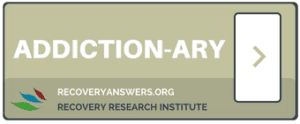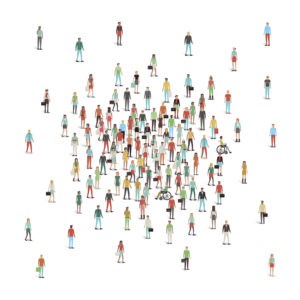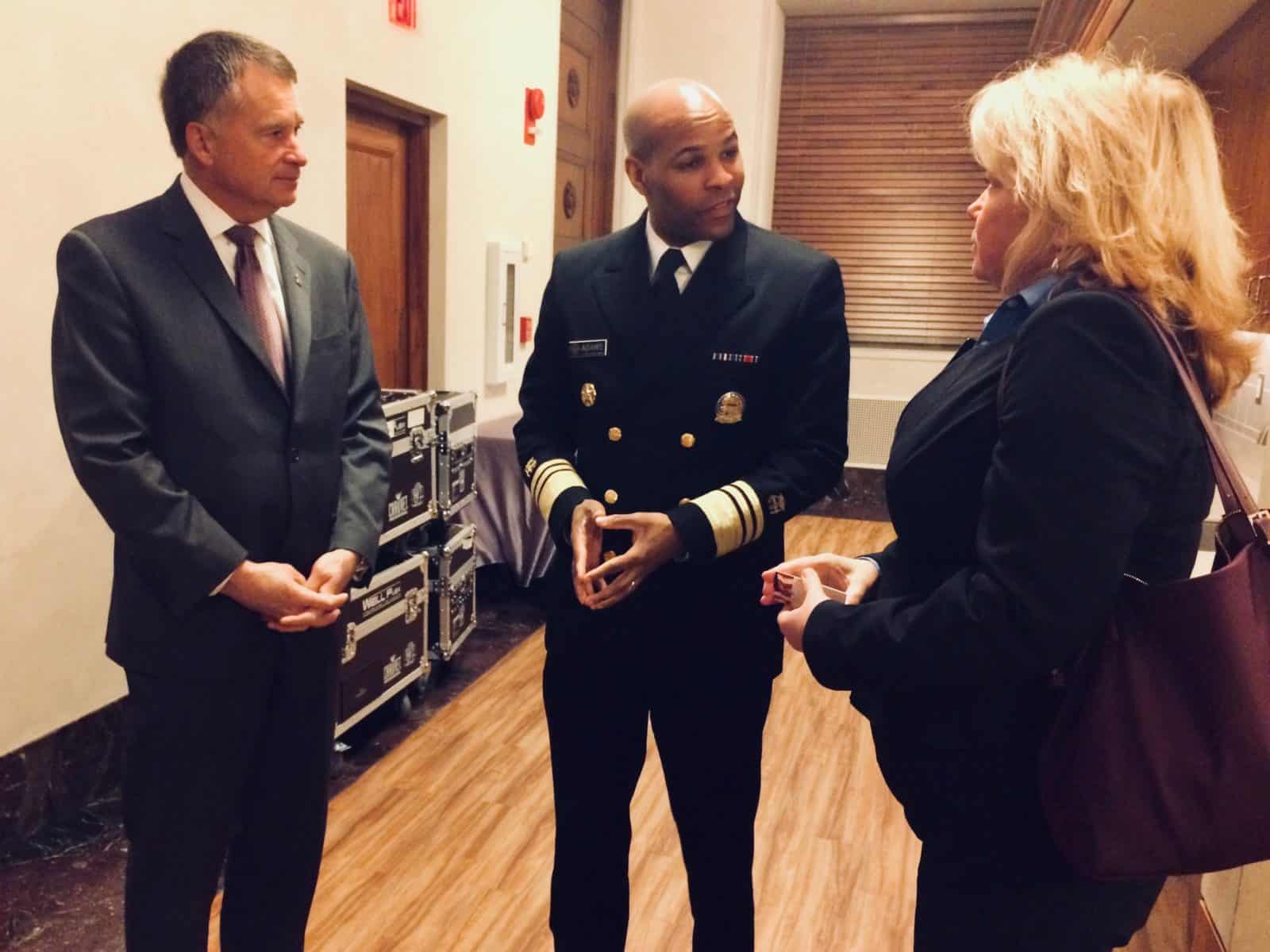Stigma is our biggest killer & a significant barrier to addressing addiction.VADM Jerome M. Adams, M.D., M.P.H. , Surgeon General of the U.S.
While we know all too well that substance use disorder (SUD) devastates the lives of individuals, families, and communities … so does stigma. It causes shame, ruins careers and isolates individuals and families when they most need support. But at its worst, stigma prevents treatment as well as potentially increasing the need for heroin, prescription drugs, and other substances — because the resulting shame and isolation keeps people in active addiction.
SAFE Project is committed to fighting the stigma that prevents people from seeking help they need. For that reason, we join with many other individuals and organizations focused on the opioid crisis by making every effort to use “Person First Language” when talking about this issue. That means an individual’s condition, illness, or behavior is “only one aspect of who the person is, not the defining characteristic.”
Simply put, that means we refer to the person first before any words describing their condition or behavior. When you say “person with substance use disorder” instead of “addict”, “junkie” or “user,” you can change the stigmatizing language surrounding the epidemic since the “Just Say No” campaigns of the early 80’s.
Our Language Matters
So, let’s get started learning what words to use, and what not to use.
The Recovery Research Institute (RRI) created the ADDICTIONARY™, a rich online resource of the most common words and references that are often tied with stigmatizing language. RRI is a leading nonprofit research institute of Massachusetts General Hospital, an affiliate of Harvard Medical School, dedicated to the advancement of addiction treatment & recovery. Facing Addiction also partnered RRI to help develop and amplify the ADDICTIONARY™.
SAFE Project recommends using it to learn the correct language when talking about substance use disorder. By changing our language, we can also affect change in negative attitudes towards those with addiction.


What else can we do to end stigma?
Here are some recommendations from the SAFE staff who lead our Lines of Operation, SAFE Communities, and SAFE Campuses:
SAFE Communities:
- Ending stigma in communities starts with treating addiction like a treatable disease rather than a moral failing. The disgrace and shame associated with addiction is the biggest barrier to treatment, and treatment saves lives.
- Communities can structure their approach to those in active use in ways that meet the person with substance use disorder where they are rather than where we think they should be. For example, communities can make naloxone or Narcan® free and available to people through their county or state health departments, using the standing orders for naloxone in the states.
- Employers and local businesses can take the lead in this area by being the first to recognize and acknowledge that addiction is a disease and not a moral failing. Employers can find ways to accommodate employees who seek help or help for their loved ones, either through family leave to care from those suffering or employee assistance programs for individual help.
SAFE Campuses:
- Students in recovery can often be a hidden population. Some campuses do offer recovery support resources, but stigma and shame can prevent a student from using those resources.
- Investigate what recovery supports are on your campus. Find out if there is a Collegiate recovery program and if there isn’t anything, ask why there is not one available.
- Learn more about why the college years are so important.
Public Awareness:
- Whether you are sharing on personal media, a journalist, a blogger, or are simply talking in public, traditional language regarding “addiction” has changed dramatically. In 2017, the Associated Press updated its Stylebook — the go-to resource for writers and journalists — with new guidance to avoid words like abuse, problem, addict and abuser in most uses. AP’s changes were not about political correctness: rather, it is about understanding the nature of disease.
- Anyone you know can have a substance use disorder. When media only shares images depicting a person with SUD as homeless, on the street, or passed out, those pictures perpetuate stigma and stereotypes. According to Beth McGinty, PhD and deputy director at the Johns Hopkins Stigma lab, “This kind of negative image is very stigmatizing and it’s very powerful. We remember pictures better than words in many cases.”
Law Enforcement & Medical Response:
- The work of law enforcement and first responders is inherently dangerous and traumatizing. Being on the frontlines of this epidemic has the ability to harden many professionals — affecting their outlook towards their work, towards themselves, and those battling substance use disorder.
- Responding to the same person, sometimes multiple times in a single day, takes an emotional toll on law enforcement and medical professionals who repeatedly witness highly traumatic situations. When “compassion fatigue” sets in, it negatively affects their perceptions towards the very people they intend to serve.
- When communities provide compassionate, evidence-based programs designed specifically to support law enforcement and medical personnel, it ensures that both the first responders — and those they serve — are treated with care and dignity.
- It’s imperative for first responders to have access to the regular training to ensure they have the tools and support they need to best serve their community, and provide citizens with SUD and mental health conditions with respect, compassion and a warm hand off to treatment.
Treatment & Recovery:
- Stigma runs rampant when it comes to treatment for substance use disorders. To prevent stigma, as a nation we need to get to a place where “how” people recovered from substance use disorder is not as important as they “they did it”.
- There is a belief that getting into recovery has to include formal treatment, which can mean entering a treatment facility. But the truth is that there are many pathways to recovery – church, counseling, harm reduction, self help meetings, recovery supports etc. The options are endless – but it has to be based on what works for the person seeking treatment, not what others think or say.
- The general public may not realize that stigma is a major barrier to comprehensive medical treatment, which can include medication assisted treatment. Stigma is especially risky for pregnant women and their children, as MAT is a medically accepted course of therapy for pregnant women.
- There is great stigma against those who opt for medication-assisted treatment (MAT), which includes the use of methadone or buprenorphine – both opioids. Many people, both in and out of recovery, believe that MAT merely replaces one drug with another. The fact is that MAT is better rooted in science, and studies show when relapse-prevention medicines like MAT are combined with counseling, they reduce opioid use and keep people in treatment longer.
- And yes, there can also be stigma within the treatment & recovery world. There are some who believe true recovery requires abstinence—without the use of medication — and do not support MAT. Still others may not even support people using medications that stabilize their mental health.
- If you only advocate only for abstinence use programs or insist a loved one may only an inpatient setting – you may prevent someone from getting the treatment they need, and you add to the stigma epidemic.
Prevention:
- Prevention professionals are natural connectors in their communities, as they work to build resilience and prevent environments that promote substance use. Those who work in Prevention should be careful with their approach to ensure that they do not inadvertently create an “us” vs. “them” mentality between prevention and recovery. “Us” must be inclusive of everyone in our communities, including persons in recovery who are valuable components of any community.
Prescription Medicine:
- Stigma about naloxone (known by the name brand Narcan®) often focuses on two key myths: First, that the use of naloxone in an overdose encourages people with SUD to continue using. Second, that naloxone will prevent those same people from seeking treatment. As we’ve heard time and time again, people have to be alive to seek recovery — and naloxone gives people that chance.
- For those who won’t pick up a prescription for naloxone at a pharmacy, it’s not cost that is often the barrier — it’s stigma. They fear being seen picking up the opioid reversal drug by neighbors or friends or judgment from the pharmacist.
- By supporting the availability of Naloxone in your community, you help fight stigma by showing that you value those with SUD — and support helping them without judgement. Get educated on naloxone, carry it, ask about how to get it, talk to others about it. Learn more.
- Risk should be properly associated with the medications and drugs that carry them, not patients or people. When you refer to a “risky” person or patient, you put blame on that person — and all medications have some risk associated with their use, regardless of the intended recipient.
Family Outreach:
- Sharing your own story is a key tool in reducing stigma. Talk about how you or a loved one sought and received help for their substance use disorder.
- Beth McGinty, who directs the Johns Hopkins Stigma Lab, also points out that stories about successful recovery are incredibly important, especially when emphasizing highly valued roles like holding a job, being a good parent, or participating in the community in a meaningful way.
- When you talk about substance use, explain the biological component of SUD and how it is a chronic chronic health condition just like heart disease, asthma or diabetes.
- And finally, when you talk to others about substance use disorder and recovery, be open about the barriers you or a loved one faced when accessing treatment, and how stigma made the path to recovery more difficult.

